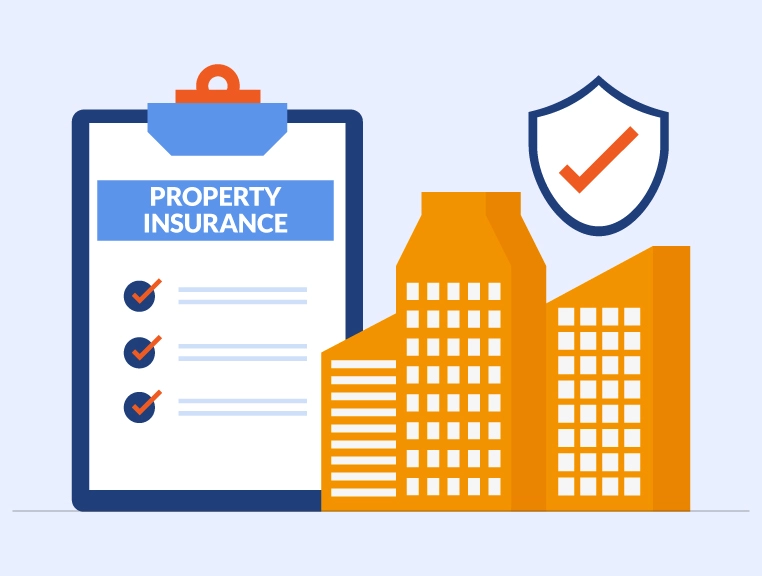As per the claims series clause in Construction all Risk Policy, where a series of losses or damages or bodily injuries and deaths happen due to factors that are directly or indirectly related, then claims for such losses shall be added together and treated as one claim. We consider such claims as made at a single point in time when the first claim was submitted in writing.
- Due to the same fault in designing, manufacturing, or instructing for use or product labeling
- Due to the supply of the same products/services showing some defects
Case: Claims Series Clause in Construction all Risk Policy
Incepted in 2013, L.J Work had established a name for itself in the construction sector. Since its formation, the company has successfully completed various construction projects in Delhi and Pune. Though the company always acts diligently, it has also bought a construction all-risk insurance policy to get financial coverage in case any loss or damage happens.
Last year, when the company was building a five-story building in Pune, an earthquake happened and damaged two pillars of the under-constructed building. Thankfully, there was no loss of life, and the company approached its construction all-risk insurer to get coverage for the financial losses or damages to the building.
A few weeks later, the engineer at the construction site found some cracks in the roof as well. The engineer called for an investigation and the investigation results found that damages happened due to the impact of earthquake.
Earlier, they were minor and therefore, did not come into notice but now they became visible in few weeks period.
L.J Work’s construction all-risk insurance policy also comes with a deductible limit of Rs Rs 50,000. In this case, when 2 claims were aggregated under a single claim, only one deductible needed to be paid. The insurer settled the claim by deducting Rs 50,000 as a deductible, which L.J Work paid.




